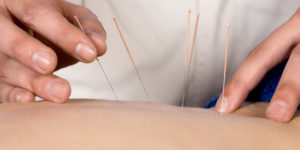Generally speaking, alternative medicine is non-conventional medicine, but in truth it is a bit harder to define. It does not involve the use of chemicals to control pain (as conventional medicine does), but it takes into account the holistic approach to healthcare we referred to earlier.
According to some, in fact, alternative medicine is everything that works for a person and makes them feel better, helping to control a specific condition.
Because of this reason, alternative medicine includes a variety of healing processes, some more known than others, and we will look at some of the most popular ones.
Alternatives versus Traditional
This is a long-standing debate. Despite the growing popularity of alternative medicine, the vast majority of doctors still struggle to accept it as a valid aid to traditional methods of healing and pain control.
This is mainly due to the fact that the powers of alternative medicine are virtually unconfirmed.
Unregulated practice is also causing problems: where a doctor has to show certificates to prove they are a doctor, anyone can improvise themselves as an alternative medicine practitioner (although now more and more disciplines have regulatory bodies).
Popular complimentary therapies

As a general rule, some therapies will work better than others on certain conditions, so if you decide to try something out, a consultation with a practitioner should help you decide if you will benefit from what you have chosen.
Below are some of the most popular alternative methods to aid healing and help control pain:
- Homeopathy: this works on the basis that the patient is looked at as an individual, so once again, holistic approach is key. Homeopathic remedies are made by using plant or mineral extracts that are then diluted and ‘potentised’. These remedies give their best results when used particularly for treating long terms conditions (for example allergies, asthma and insomnia), and are safe for anyone to use, including on children and during pregnancy. Treatments can last for a few weeks or months or be ongoing.
- Reflexology: reflexologists believe that our feet can be ‘mapped’ into different zones, each corresponding to a different area of the body. By applying gentle pressure to a specific area on the foot, the result should be a healing process beginning in the corresponding area of the body: for example, by working on the big toe you could get rid of a vicious headache. Treatments normally last 30 minutes each but a series of them is always recommended. Reflexologists can treat a great variety of health conditions.
- Acupuncture: one of the most ancient alternative therapies, this focuses again on the individual. By using ultra-fine, sterile needles on specific points along the body, a trained acupuncturist will free the vital energy that the body needs to promote self-healing. Despite the fact it uses needles it is not a painful procedure. Depending on where you live, acupuncture is also available on the NHS.
Other Alternative Therapies
Some of the less well known therapies include: colour therapy, music therapy, healing with crystals, hot stone therapy, cupping (also practiced by acupuncturists), craniosacral therapy (manipulation of the skull bones) and meditation; also drinking aloe vera, echinacea and wheatgrass juices, eating flax seeds and using Bach herbal
remedies (the most famous of which, Rescue Remedy, works a treat when you are stressed).
If you experience pain, or are affected by a long term condition, any alternative medicine is worth a try, but always with the help of a qualified practitioner. It might be a case of trial and error, but you will soon find out what works best for you.


